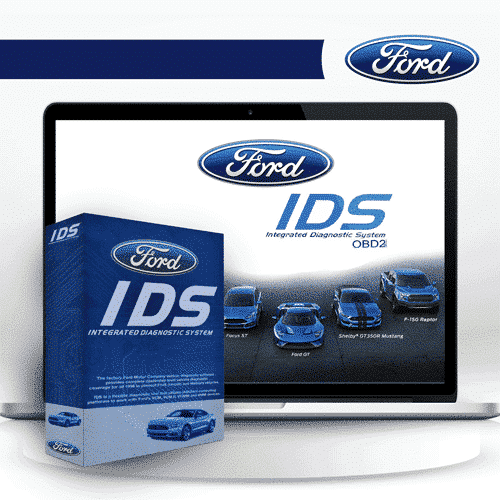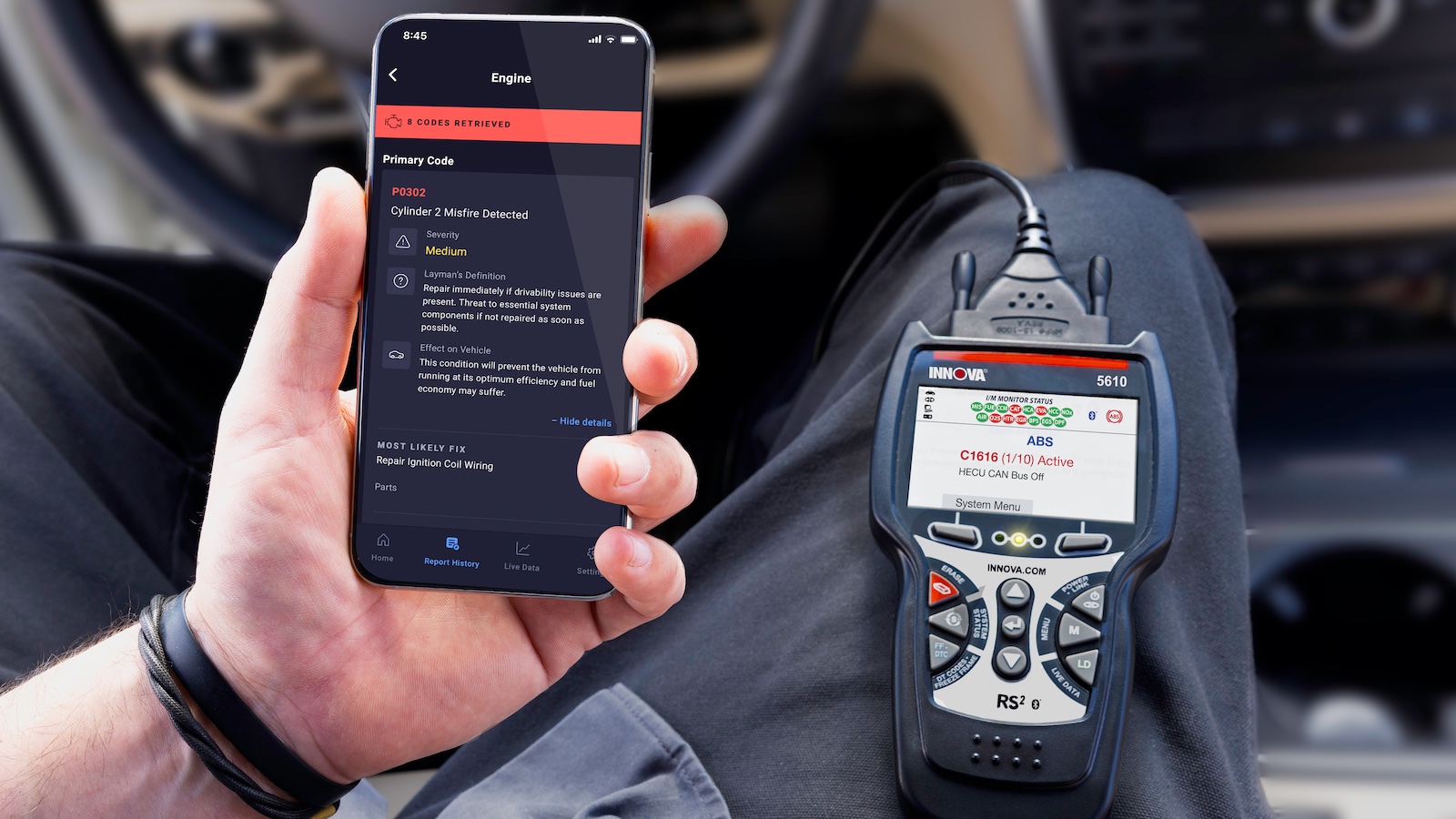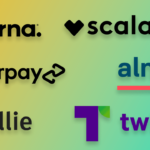Now Reading: Unlocking Your Ford: A Deep Dive into Ford IDS Software
-
01
Unlocking Your Ford: A Deep Dive into Ford IDS Software
Unlocking Your Ford: A Deep Dive into Ford IDS Software

Ever wondered how modern auto shops diagnose and fix your Ford with such precision? A big part of the magic is a powerful tool called the Ford IDS Software. This isn’t just any program; it’s the official Integrated Diagnostic System used by Ford dealerships and certified technicians worldwide. It acts as the central nervous system for communicating with your vehicle, allowing mechanics to see what’s happening under the hood without getting their hands greasy—at least, not at first.
Think of it as a super-advanced translator between a mechanic and your car. Your Ford is constantly generating data about its performance, from engine temperature to transmission shifts. The Ford IDS Software taps into this data stream, deciphers it, and presents it in a way that helps technicians pinpoint issues quickly and accurately. Whether you drive a rugged F-150, a family-friendly Explorer, or a speedy Mustang, this software is the key to maintaining its peak performance and solving complex problems.
Key Takeaways
- Official Tool: The Ford IDS Software is the genuine, factory-level diagnostic tool for all Ford, Lincoln, and Mercury vehicles.
- Comprehensive Diagnostics: It goes beyond simple code reading, offering in-depth module programming, key creation, and live data monitoring.
- Essential for Modern Repairs: With cars becoming more like computers on wheels, this software is indispensable for accurate troubleshooting and repair.
- Hardware is Required: The software works in tandem with specific Vehicle Communication Modules (VCMs) to connect to your car.
- Professional Focus: While powerful, it’s primarily designed for professional technicians due to its complexity and cost.
What Exactly is Ford IDS Software?
At its core, the Ford IDS Software is a comprehensive diagnostic application that runs on a laptop or a specialized diagnostic tablet. It connects directly to your vehicle’s onboard computer system through a piece of hardware called a Vehicle Communication Module (VCM). This connection opens a two-way communication channel, enabling a technician to perform a vast range of functions that basic code readers can only dream of.
Unlike generic OBD-II scanners that just give you a trouble code (like “P0420”), the Ford IDS Software provides a complete picture. It can show live data streams from hundreds of sensors, perform specific tests on components like injectors or solenoids, and even reprogram the electronic control modules that manage everything from your engine to your power windows. It is the definitive tool for getting to the root of a problem, rather than just treating a symptom. This level of detail is why dealership technicians can often solve tricky electronic issues that might stump a general repair shop.
The History and Evolution of Vehicle Diagnostics
Vehicle diagnostics have come a long way. In the early days of motoring, a mechanic relied on their ears, eyes, and hands. They would listen for strange noises, look for leaks, and physically inspect parts. While these skills are still valuable, the introduction of computer-controlled systems in the 1980s changed everything. The first On-Board Diagnostics (OBD) systems were basic, but they set the stage for something much bigger.
The standardization of OBD-II in the mid-1990s meant that every car had a common diagnostic port and a set of universal codes. This was a huge step forward, but manufacturer-specific systems like the Ford IDS Software took it to the next level. Ford developed IDS to give their technicians unparalleled access to the unique, complex systems in their own vehicles. Over the years, the software has evolved continuously, adding support for new models, new technologies like hybrid and electric powertrains, and more sophisticated diagnostic routines.
Why It’s More Than Just a Code Reader
It’s a common misconception to lump the Ford IDS Software in with the handheld scanners you can buy at an auto parts store. While both read codes, that’s where the similarity ends.
|
Feature |
Generic OBD-II Scanner |
Ford IDS Software |
|---|---|---|
|
Code Reading |
Reads generic powertrain codes (P-codes) |
Reads all Ford-specific codes (P, B, C, U) |
|
Module Programming |
No |
Yes (PCM, TCM, BCM, etc.) |
|
Key Programming |
No |
Yes |
|
Live Data |
Limited, basic parameters |
Extensive, manufacturer-specific data |
|
Bi-Directional Control |
No |
Yes (Activate components, run system tests) |
|
Guided Diagnostics |
No |
Yes (Step-by-step troubleshooting procedures) |
As the table shows, a generic scanner simply tells you what area has a problem. The Ford IDS Software, on the other hand, is a tool that helps a technician figure out why there’s a problem and then gives them the ability to fix it, whether that involves recalibrating a module or testing a specific circuit.
Core Functions of the Ford IDS Software
The true power of this system lies in its wide array of functions. These capabilities allow technicians to perform everything from routine maintenance resets to the most complex electronic brain surgery on a vehicle.
Full-System Diagnostics
When a technician plugs into your car with the Ford IDS Software, they can initiate a “full network test.” This process scans every single electronic module in your vehicle—not just the engine and transmission. This includes the Body Control Module (BCM) that manages lights and locks, the Anti-lock Brake System (ABS) module, the Supplemental Restraint System (SRS) for airbags, and dozens of others.
The software then provides a complete health report, listing any stored diagnostic trouble codes (DTCs) from any module. This holistic view is crucial because an issue in one system can often cause symptoms in another. For example, a faulty wheel speed sensor in the ABS module could cause issues with the transmission’s shifting pattern, but a basic scanner would never link the two.
Module Programming and Configuration
One of the most critical functions is module programming. When a major component like an Engine Control Module (PCM) or Transmission Control Module (TCM) is replaced, the new unit is essentially a blank slate. The Ford IDS Software is required to flash the correct factory software onto that new module, configuring it for your specific vehicle’s VIN, options, and powertrain.
This function is also used for:
- Updating existing modules: Ford often releases software updates to improve performance, fuel economy, or fix newly discovered bugs.
- Programmable Parameter Installation (PPI): This allows technicians to change certain vehicle options, such as enabling or disabling daytime running lights or adjusting tire size settings in the computer after installing larger tires.
Live Data Monitoring (Datalogger)
The Datalogger function is an incredible tool for troubleshooting intermittent problems. It allows a technician to view and record hundreds of real-time data parameters while the vehicle is running or being driven. They can watch sensor voltages, fuel trim values, transmission fluid temperature, and much more.
Imagine you have a car that hesitates randomly. A technician can use the Datalogger to record engine data during a test drive. When the hesitation occurs, they can go back and analyze the recording to see exactly what happened. Perhaps they’ll see a sudden drop in fuel pressure or a spike from the oxygen sensor, leading them directly to the faulty component.
Security and Key Programming
Losing your car keys is a hassle, but the Ford IDS Software makes the replacement process manageable and secure. It is the official tool for programming new keys, including modern intelligent access keys (key fobs) and PATS (Passive Anti-Theft System) keys. This security-gated function ensures that only authorized individuals with the proper tools can add keys to your vehicle, preventing theft. A technician must connect to Ford’s security servers to gain permission to perform these sensitive operations, adding another layer of protection.
The Hardware: VCM and VMM
The software itself is only half of the equation. To connect to a vehicle, specialized hardware is required. The primary piece of equipment is the Vehicle Communication Module, or VCM.
Understanding the VCM (Vehicle Communication Module)
The VCM is the rugged interface box that physically connects the technician’s laptop to the vehicle’s OBD-II port. The latest generation is the VCM 3, which offers faster and more reliable communication. It acts as a gateway, translating the signals from the car into data that the Ford IDS Software can understand. Earlier versions, like the VCM II, are still widely used, but newer models are necessary to support the latest vehicle protocols, such as those found in new electric vehicles.
What is the VMM?
For more advanced diagnostics, technicians use a Vehicle Measurement Module (VMM). This device works in conjunction with the VCM and IDS. The VMM provides the ability to perform precise electrical measurements, functioning as a sophisticated multimeter and oscilloscope. Technicians can plug probes into the VMM to measure voltage, resistance, and current directly from sensors and wiring harnesses. It can also display electrical signals as waveforms, which is essential for diagnosing issues with sensors like camshaft and crankshaft position sensors.
Who Uses Ford IDS Software?
This powerful software is not intended for the average car owner. Its primary users are professionals who need the highest level of diagnostic capability.
Ford Dealership Technicians
This is the most common user group. Every Ford and Lincoln dealership service department is equipped with the Ford IDS Software. Their technicians are trained extensively on how to use it to perform warranty repairs, routine maintenance, and complex troubleshooting according to factory procedures. For them, it is an essential, everyday tool.
Independent Repair Shops
Many high-level independent repair shops that specialize in Ford vehicles also invest in a legitimate Ford IDS Software subscription. This allows them to offer a level of service that rivals the dealership, performing programming and in-depth diagnostics that shops with generic tools cannot. It’s a significant investment, but it enables them to tackle any job that comes through their doors. For deeper insights into automotive trends and business strategies, resources like those on https://forbesplanet.co.uk/ can offer valuable perspectives.
Can a DIYer Use Ford IDS?
While technically possible, it is highly impractical for the average DIY enthusiast. The barriers include:
- High Cost: A legitimate subscription and the required VCM hardware can cost thousands of dollars annually.
- Complexity: The software has a steep learning curve and assumes a professional level of automotive knowledge.
- Risk: Improper use, especially during module programming, can permanently damage a vehicle’s electronic modules, leading to extremely expensive repairs.
For most home mechanics, a high-quality generic scanner combined with a repair manual is a much more practical and cost-effective solution.
The Future: Ford FDRS and Beyond
Technology never stands still, and Ford’s diagnostic systems are evolving. The newest generation of diagnostic software is the Ford Diagnostic and Repair System (FDRS). FDRS is designed to work with Ford’s latest vehicle architectures and offers a more streamlined, web-based interface. While Ford IDS Software is still fully supported and necessary for many vehicles on the road, FDRS is the path forward. It represents a shift towards cloud-based diagnostics and repair information, ensuring technicians always have the most up-to-date data at their fingertips.
Conclusion
The Ford IDS Software is far more than just a piece of code; it’s the master key to understanding and maintaining the complex electronic systems of modern Ford, Lincoln, and Mercury vehicles. From reading every manufacturer-specific trouble code to reprogramming critical control modules and programming new keys, it provides a level of depth and control that no generic tool can match. While it remains a tool for professionals, understanding what it does gives you a better appreciation for the technology inside your vehicle and the expertise required to keep it running perfectly. The next time a technician diagnoses your Ford with pinpoint accuracy, you’ll know the powerful software that helped make it possible.
Frequently Asked Questions (FAQ)
Q1: Can I use Ford IDS Software to tune my car for more performance?
No, the Ford IDS Software is not a performance tuning tool. Its purpose is diagnostics and repair. While it can update modules with revised factory calibrations, it cannot be used to alter engine parameters like fuel maps or boost pressure for performance gains. Specialized third-party tuning software is required for that.
Q2: What is the difference between Ford IDS and FORScan?
FORScan is a popular third-party software application that provides many advanced diagnostic and configuration capabilities for Ford vehicles. It’s a powerful tool for advanced DIYers and independent shops. However, the Ford IDS Software is the official, factory-level system with the most comprehensive capabilities, especially for module programming and security functions on the newest vehicles.
Q3: Is it legal for independent shops to use Ford IDS Software?
Yes, it is perfectly legal. Under the “Right to Repair” act, automotive manufacturers are required to make their diagnostic tools and information available to the independent repair market, though they can charge for it. This ensures that consumers have a choice of where to get their vehicles serviced.
Q4: Do I need an internet connection to use Ford IDS?
An internet connection is required for certain critical functions. Specifically, module programming and key programming require the Ford IDS Software to connect to Ford’s servers to download the correct software files and get security clearance. For basic diagnostics and live data monitoring, an internet connection is not always necessary.
Q5: Will using Ford IDS Software void my car’s warranty?
When used correctly by a qualified technician at a dealership or certified independent shop, using the software is part of the standard repair process and will not void your warranty. However, if an untrained person uses it improperly and damages a component (for example, by “bricking” a module during a failed programming event), the resulting repairs would not be covered by warranty.
















